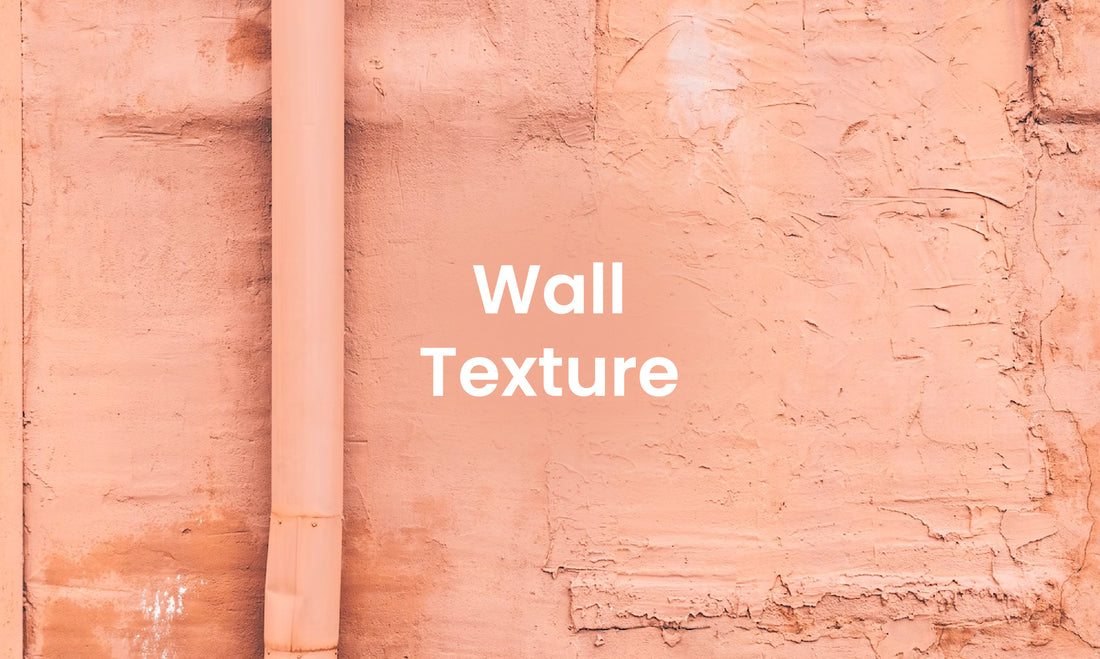Before painting, surely you will choose which wall you will paint. You will see the condition of the wall that you will paint. Walls that are dirty, damp, or poorly prepared can make a painted finish look textured and less neat. You have to know that the success or failure of painting really depends on the condition of the wall or surface.

What causes: Improper surface preparation, low-quality paint, applying too much paint, rapid temperature changes, exposure to moisture and humidity, and natural wear and tear over time are all common causes of textured wall paint problems.

How to overcome: Proper surface preparation is crucial, including cleaning, sanding, and priming the walls before painting to ensure good adhesion. Choosing high-quality, textured paint and applying it in thin, even coats with ample drying time can also prevent issues. Keeping the temperature and humidity levels consistent can prevent paint from expanding and contracting, which can lead to bubbling and peeling. Finally, repairing any existing damage to the walls with spackle or joint compound before repainting can help ensure a smooth and long-lasting finish.


